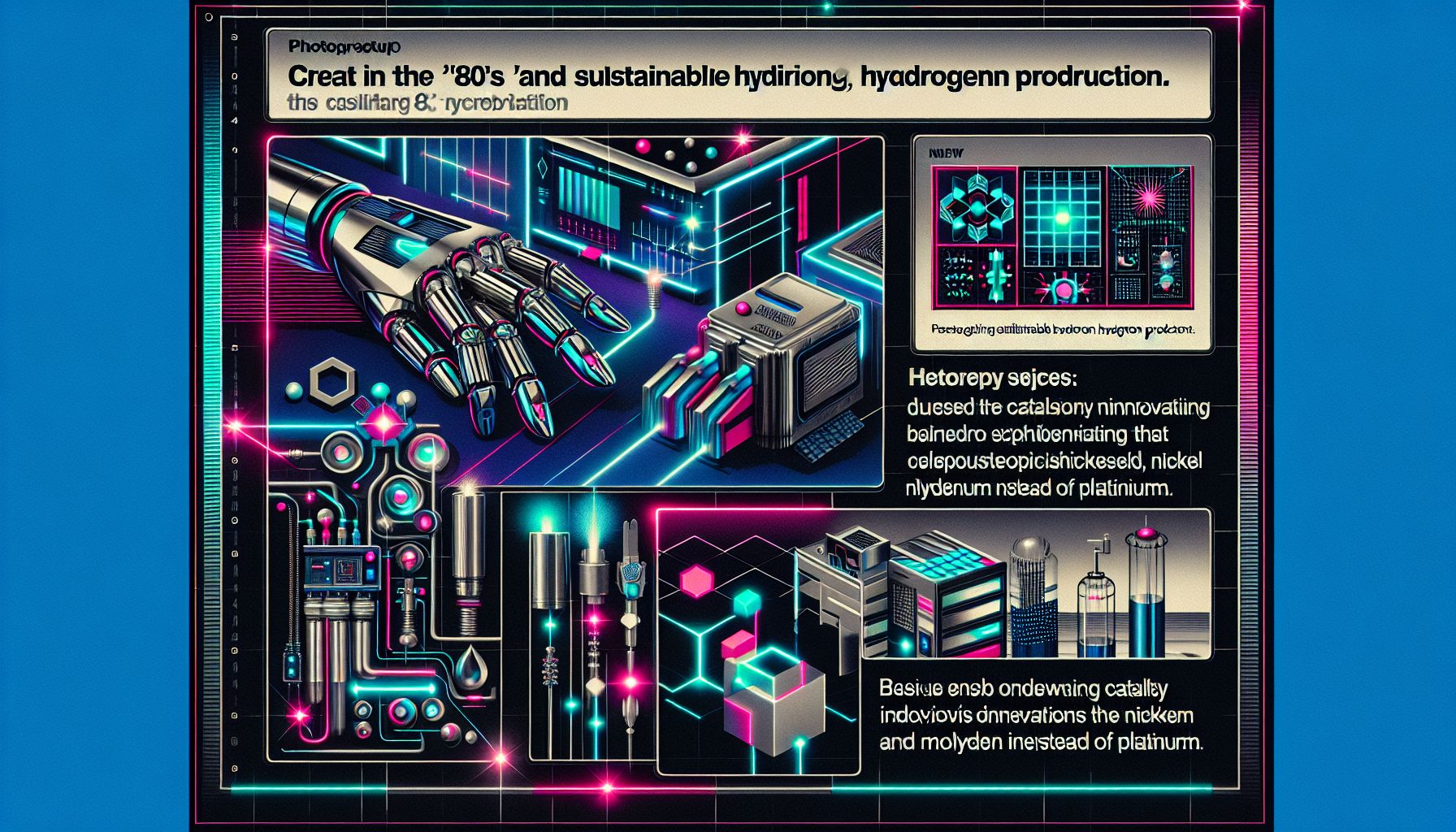New Catalyst Cuts Platinum from Hydrogen Creation

Berlin, Wednesday, 29 January 2025.
ANEMEL’s latest catalyst ditches platinum, using nickel and molybdenum instead for affordable, green hydrogen. This innovation means cheaper, sustainable hydrogen production for all and a promising future for clean energy!
Breaking Through Traditional Barriers
I’m excited to share how ANEMEL researchers have just revolutionized green hydrogen production. Their groundbreaking catalyst, announced on January 27, 2025, completely eliminates the need for expensive platinum group metals (PGMs) [1]. As someone passionate about sustainable technology, I find it remarkable that they’ve managed to create this using abundant metals like nickel and molybdenum instead [1]. This isn’t just a small improvement - it’s a complete rethinking of how we can make hydrogen production accessible to everyone.
Performance That Exceeds Expectations
The results are genuinely impressive. The new catalyst can operate at incredibly high current densities of 3 A/cm² while maintaining stability [1]. What really catches my attention is that it’s not just matching the performance of platinum-based catalysts - it’s actually showing superior stability in some aspects [1]. This places it among the top 100 non-PGM catalysts in terms of performance [1], which is no small feat in the world of electrochemistry.
The Science Behind the Success
The development process was fascinating, as explained by Ariana Serban, the doctoral researcher at EPFL. ‘There was a reorganization of the surface, where bulk molybdenum atoms migrated to the surface, helped by distortions in the bulk,’ she explains [1]. The team achieved this through careful optimization of the electrodeposition process, using high current density without buffering agents [1]. This breakthrough represents a significant step toward making large-scale green hydrogen production economically viable [1][2].
Looking to the Future
The impact of this discovery could be far-reaching. According to recent environmental science reports, this development directly addresses the pressing issue of our reliance on precious metals in clean energy solutions [2]. The timing couldn’t be better - with the growing demand for clean energy sources [2], innovations like this are exactly what we need to make sustainable technologies more accessible. Industrial testing is expected to begin by April 2025 [2], and I’m eagerly anticipating the results of these real-world applications.